Below, we have 4 different ways we can find/commission/and re-tune music to 432hz and 528hz, along with the other Solfeggio Frequencies! We’ll start with manually re-tuning music using digital audio workstations, then go through some other methods of discovering re-tuned music.
Table of Contents
- Using Digital Audio Workstations to Re-Tune Music to 432hz
- Re-Tuning to other Frequencies
- Pros and Cons of Using DAWs
- Commissioning Artists
- Finding 432hz and 528hz Tuned Music
- Using Websites to Re-Tune to 432hz
- Using HZP to Re-Tune to any Frequency.
Option #1: Using Digital Audio Workstations.
Let’s get started with the first option: Using Digital Audio Workstations.
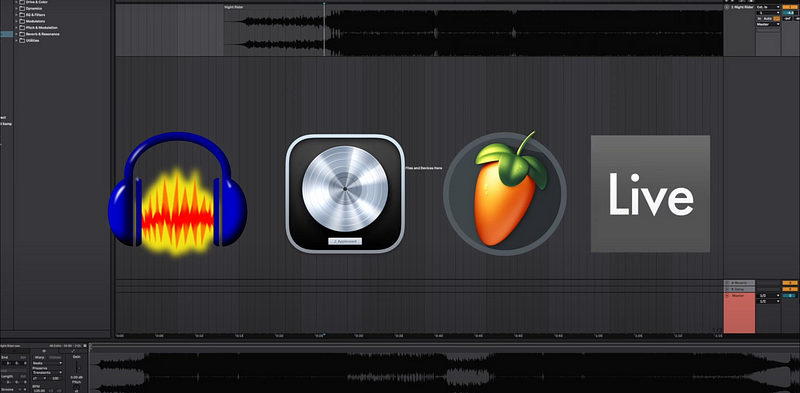
For those of you that have your tracks downloaded on your computer as an audio file, we can drag them into a digital audio workstation. Let’s start with Ableton, one of the most popular DAWs out there. First, we are going to drag our track into the timeline, then we can search for a plugin called “Shifter”. Shifter allows us to shift our audio up or down by note, or frequency!

In the majority of cases, the song you are going to be re-tuning will be tuned to 440hz. This means that the A4 is hitting the frequency 440hz. What we need to do here is bring every frequency in the track down by 8hz, so we include 432hz!
So with our shifter plugin shifting every frequency down by 8hz, we are now including 432hz!
A great way to test our results is by generating a pure 440hz tone. To do this, let’s just create one using a synthesizer playing A4 at a standard tuning. Then, we can slap a shifter on that track, and re-tune to it 432hz! Now let’s get into how to re-tune songs to other popular frequencies like 528hz.
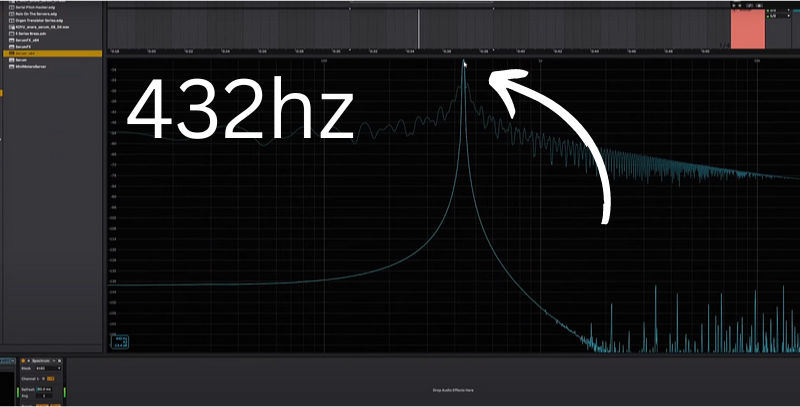
When trying to use a shifter plugin to re-tune songs to other frequencies like 528hz, we run into some trouble. When shifting songs up or down in frequency by large amounts, it results in some unwanted changes to our audio. This is because the frequency spectrum, to our ears, is exponential, not logarithmic. Or, the difference between 3330hz and 3339hz may not be noticeable, a bass note playing 120hz vs 129hz is very noticeable.
So, instead we need to shift the A4–440hz to a different frequency that includes the wanted frequency so we don’t have to shift things by large amounts. Take a look at the time-table included to see which frequencies we need to shift 440 to, to include your wanted frequency.
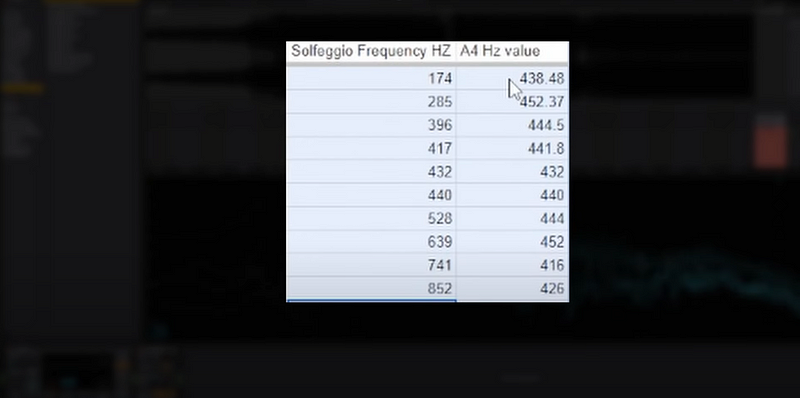
So, simply set your shifter plugin to the desired A4hz value, and you will include the Solfeggio Frequency it corresponds to! We can check out work with that pure tone using an instrument tuner.
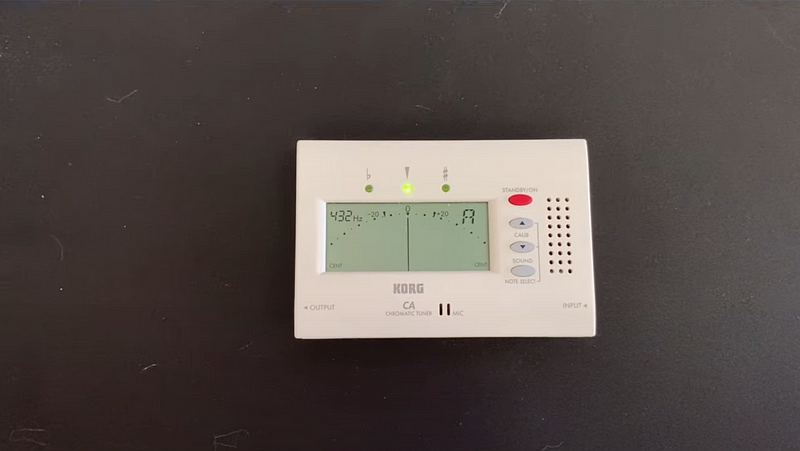
Ableton however is an expensive and complex digital audio workstation, let’s try using something more accessible, like Audacity! Simply drag your music into Audacity, then highlight the entire track. Then we need to go to the top left and select change pitch.

We can select the exact note that we want to change, again in most cases this will be the A4 at 440hz. Then we need to insert the frequency we want to change to 432hz. Again, if we want to change the frequency in large amounts, take a look at that excel table in the previous step to see where you should shift the A4!
Some other popular DAWs include Garage Band and FL Studio, which you may have heard of. These two programs do include a pitch changing or shifting option, however there does not seem to be an easy way of specifically changing the frequency. They are accessible and have great trial versions however.
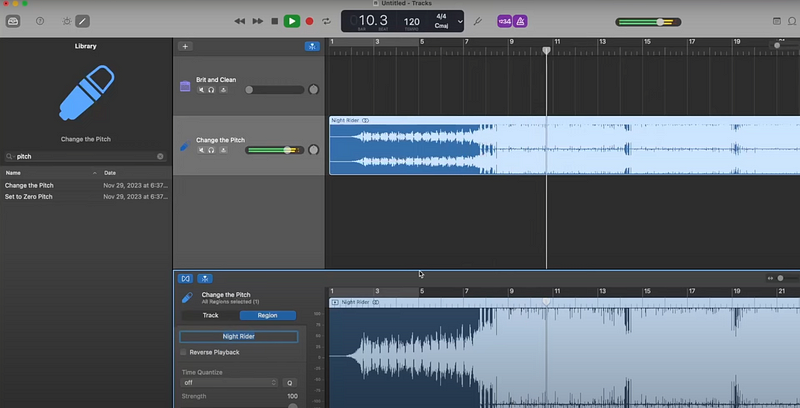
This leads to one of the main cons of using Digital Audio workstations to change frequencies. Not every single DAW is going to have an easy way to achieve this like Ableton with it’s shifter plugin.
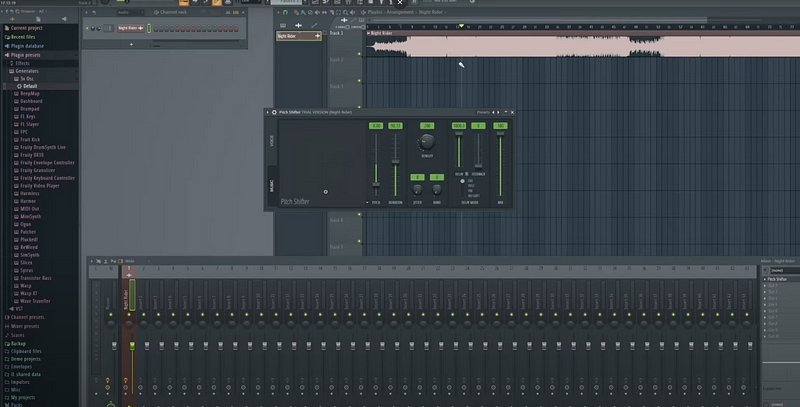
That along with the price of some of these digital audio workstations make this option a bit of a pain. Not to mention having to manually change the frequency information of each track, one by one.
Let’s quickly break down the pros and cons of manually re-tuning your music using digital audio workstations.
Pros: You can re-tune to any frequency you would like, you have full control!
Cons: The software can be expensive, up to hundreds of dollars for non-trial versions. Re-tuning each song one by one can be time consuming as well. You also have to have the music you want to re-tune downloaded onto your computer.
Option 2: hiring someone to create 432hz or 528hz music.
Let’s move on to the next option, hiring someone to create 432hz or 528hz music.
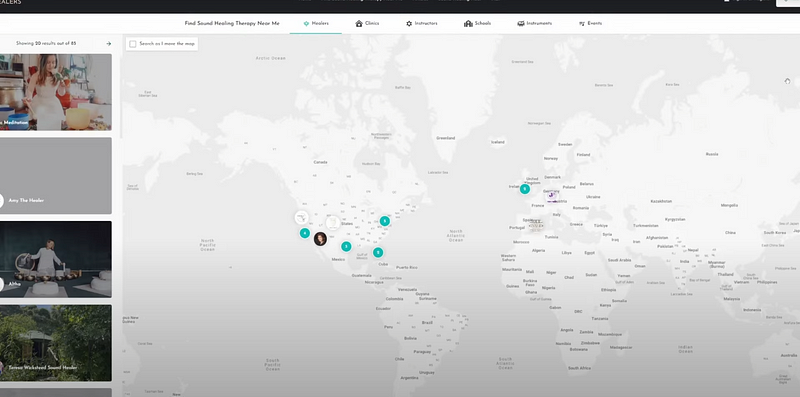
Sites like Soundhealers.net will allow you to reach out to sound healing practitioners. You can always commission others to create sound healing music like music tuned to 432hz and 528hz. However this can be expensive!
It also may be difficult to find some one who will create the exact music you want to listen to. This is not a way to re-tune music but rather create music.
Let’s go over the pros and cons of hiring someone to create 432hz or 528hz tuned music!
Pros: You can commission exactly the kind of music you want!
Cons: This can be expensive, depending on who you find to commission music from. Finding those who create tuned music can be time consuming and difficult.
Let’s move on then to our 3rd option: Finding Music.
Option 3: Finding music already retuned.
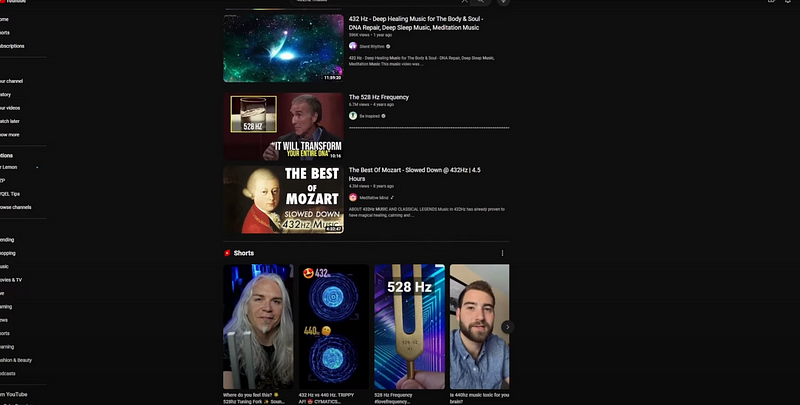
Youtube, Soundcloud, Spotify, and beyond all feature large libraries of music that I am sure you are already listening to. These services have large libraries of music that has already been re-tuned to 432hz and 528hz!
The main problem you may run into is finding music that you actually want to listen to, as a lot of the content on these platforms that is already posted is meditation music, or rather music using singing bowls, tuning forks, gongs, etc.
Let’s keep things moving.

With a simple google search, you will be able to find websites that claim they can take your MP3 and WAV files and re-tune them for you to 432hz. All you need here is an internet connection and your downloaded music files.
The problem with this is that we have no way of validating these websites’ claims of correctly tuning these files to 432hz. As well as having to upload your files one by one.
A way we can validate methods like this is uploading a pure 440hz tone, then using an instruments tuner like before to validate it’s output is 432hz.

Let’s now go over the pros and cons of using finding tuned music online or using free websites to re-tune music:
Pros: There is a large library of tuned music for you to find! Using the free websites to tune music for you is also easy and very accessible.
Cons: Depending on the streaming service, you may not find the music you are looking for or want to listen to. We also have no way of validating the free websites way of re-tuning music.
Option 4: HZP (by far the easiest and fastest!)
Now let’s move on to the possible the easiest solution: HZP.
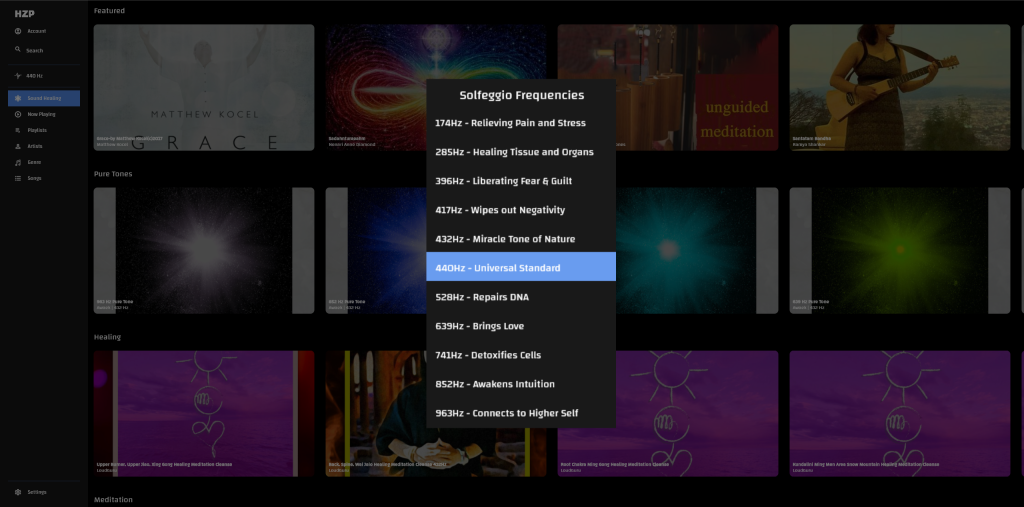
HZP is a music app available on the web, mobile, desktop and even TV’s, that will re-tune music on the fly to 432hz and all of the Solfeggio Frequencies. HZP includes the entirety of Audius, a streaming service like SoundCloud or Spotify. This by far the easiest way to re-tune the music you want to the frequency you want with access to millions of uploaded songs from your favorite artists!
You can re-tune any song on the fly. You are also able to upload your own files to re-tune as you’d like. This is a great way to passively introduce sound healing throughout your day.
Let’s go through the pros and cons of using HZP to re-tune your music.
Pros: By far the easiest way to re-tune music to the Solfeggio Frequencies and 432hz. You have access to millions of songs via Audius, and you can upload your own tracks as well. HZP is free to use, however ad-supported. HZP is also available everywhere, through the webapp, mobile app, and more!
Cons: HZP is ad-supported without a paid subscription.
And those are 4 ways we can re-tune/find/or commission music to 432hz and the Solfeggio Frequencies! Thank you for reading and I hope you’ve learned something today.
